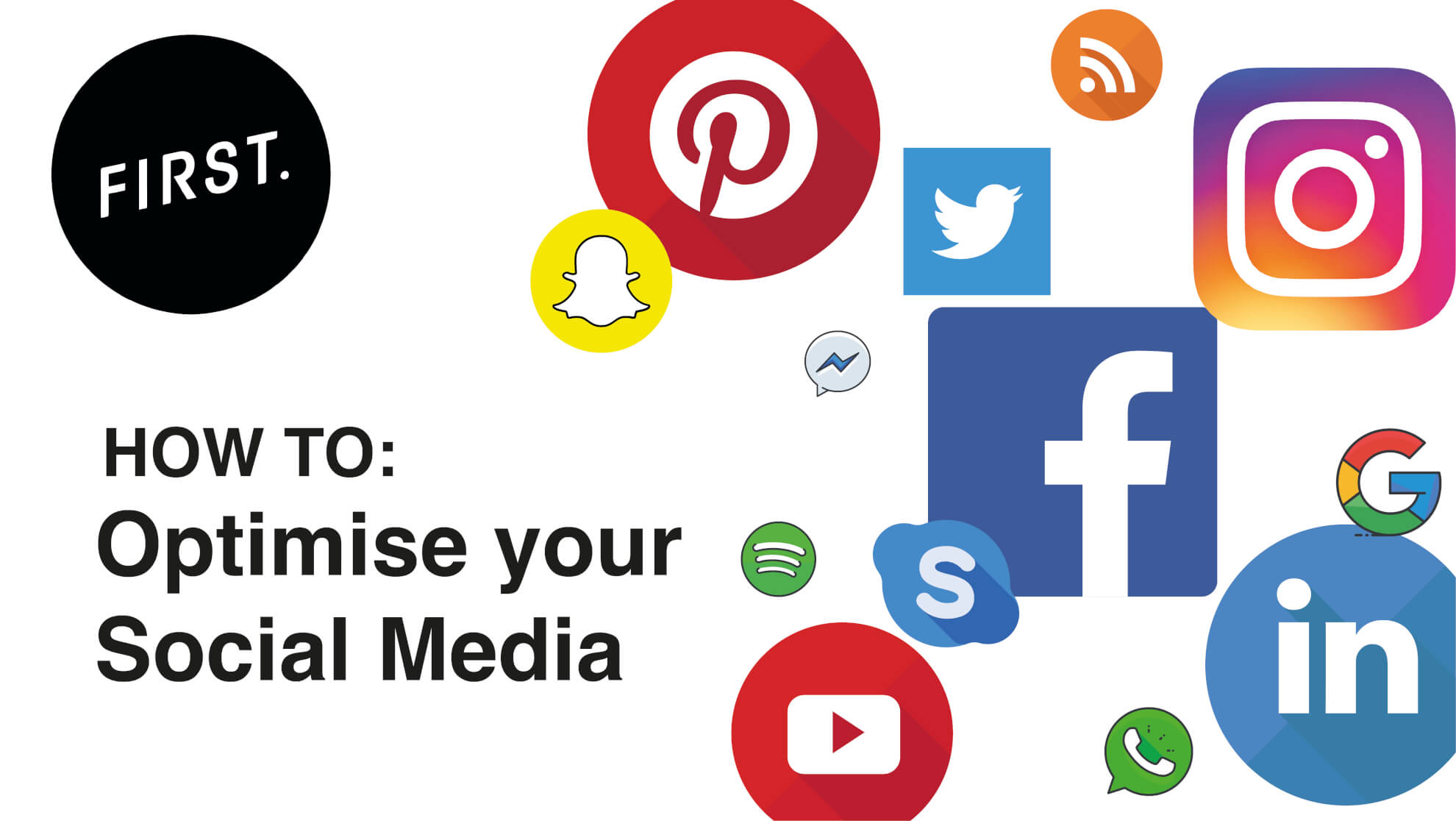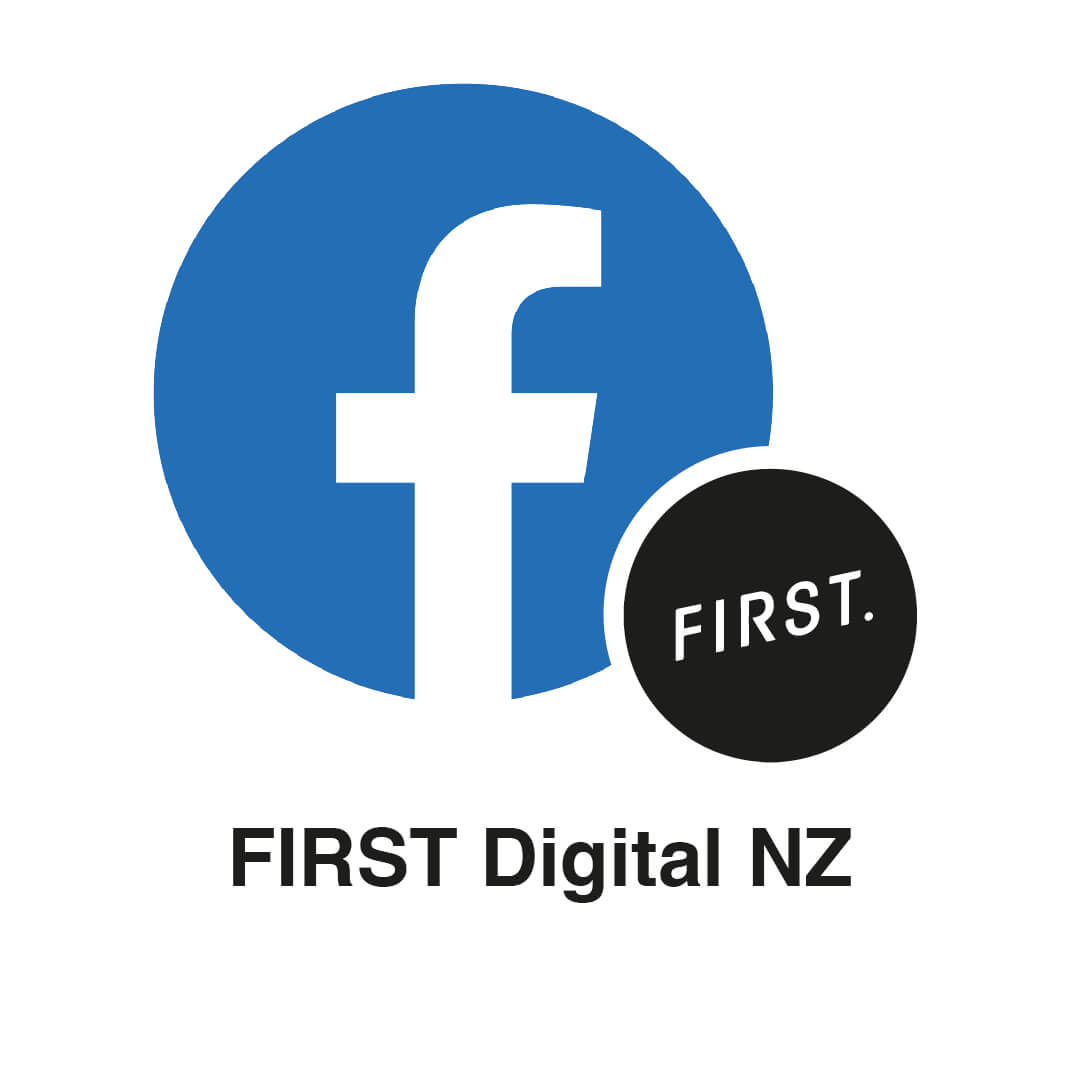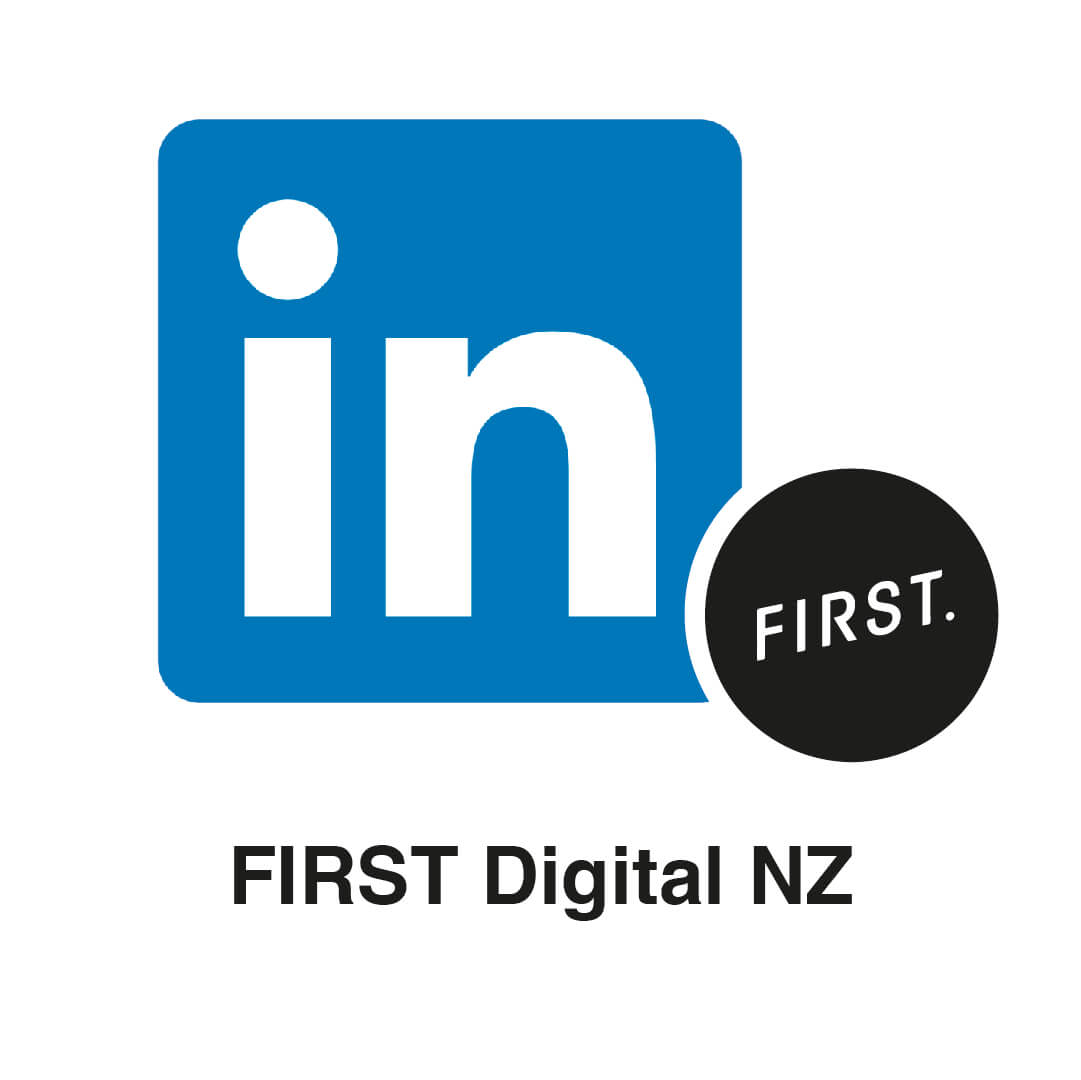
What is social media optimisation?
Social media optimisation (SMO) is the use of social media platforms to grow a stronger online presence, generate brand awareness and enhance the organisations’ content that delivers the best results.
While SMO is focusing on attracting traffic to your website using only social media channels, search engine optimisation (SEO) is a process of maximising the amount of traffic to your website by appearing higher in the search engine result pages (SERP). Despite SMO having a narrower scope of attracting prospects, it is not to be undermined, with a growing demand for social media presence needed for customers to connect with.

This statistic reflects the value people derive from social media as it supports two way communication, convenience and discoverability of new brands or products. SMO and SEO are interrelated in an attempt to attract the most relevant prospects to your online assets.
Social media insight tools:
There are a number of social media analytics tools, here are some free and paid options:
- SEMRUSH
- Hootsuite Analytics
- Sprout Social
- HubSpot
- TapInfluence
- BuzzSumo
- Sociality
- TapInfluence
- Keyhole
- Google Analytics
- SocialRank
However, most of the biggest social media platforms already have built-in analytics and insights tools. We recommend going that one step further to get a wider scope by using these analytics software.
So how do you know if your social media is doing well?
Analytic tools can present you with actionable insights and can help you monitor your content and indicate how it’s performing. Here are some metrics to keep in mind when looking at your analytics:
- Brand awareness
- Post reach
- Audience growth rate
- Shareability/Online word of mouth
- Click through and engagement rates – impressions, comments, shares, likes, reacts
- Conversion rates
- Customer satisfaction
- Bounce rate

Sourced from Pexels
How to optimise your social media
Take the time to plan before implementing social media strategies
A social media plan is essential in setting SMART goals, preparing upcoming campaigns, and scheduling content and posts. Social media strategies should be specific to your company, with the intention of targeting the desired audience after conducting research into understanding your audience using the right social media platforms.
Perfect your profile
Social media accounts linked to your company are regarded as marketing assets that are used to give you an online presence; with purpose to engage, attract and convert viewers into customers. It essentially represents everything about your company; branding, logo, and values. A profile that is well-written, compelling and well designed can drive up value, benefit reputation and attract more prospects.
As we know SEO is important when it comes to optimising your website, keywords are used to rank your website higher in search results. This is the same with SMO, the use of specific keywords in your social media accounts can boost rankings and level of exposure.
Know your content
Now that you have set up and perfected your social media accounts, you are ready to upload content. There are two types of content you must be aware of:
- Original content related to your business
- Curated content – quality material you find on the internet that may interest your followers
Original content can be in the form of marketing campaigns, upcoming events, promotion of other online content such as blogs, graphics and videos. With curated content, resharing and adding to other creators’ content should be relevant and resonate with your audience and your profile. It is important to have synergy between the content and your company as it must be interesting and of value to your viewers.
Delivering content that is valuable to your audience reflects positively in the amount of engagement you will receive. By using analytic tools for your social media accounts, you can track what content has had the most impact by comparing views, engagements such as likes, follows, reactions and ones with the highest shareability from followers. With the help of these tools, you can identify the most valuable topics and the type of media that best interests your audience so you can continue to build on these.
Know your audience
As mentioned above, it is all about the audience – who you’re trying to reach, engaging them and converting them into customers. This is why knowing which social media to use to reach this target audience is crucial in determining which platforms you choose to focus on over others. In this case, it is quality over quantity, by focusing on delivering valuable content on the right platforms to have the biggest impact rather than trying to manage too many social accounts.
Once you have selected the best platforms for your audience, recognising peak times to upload content is important to maximise opportunities for views. There are studies done to identify trends and patterns for different social media platforms to track when there are the most active users on the platform at a given time. These valuable insights can help you to schedule future posts and optimise the reach right from the time of release.
Take advantage of two way communication
Having the ability to have two way communication with your customers is one of the most valuable tools to result from using social media, it can provide instant feedback in the form of opinions, suggestions and personal reviews. This allows opportunities to address problems firsthand and deal with them efficiently using the social media messaging features available. The two way communication can also help to engage and involve your audience by sparking conversations, implementing giveaways or communicating upcoming events. Through the appropriate use of social media, more meaningful and long-term relationships can be formed with your customers.
Optimise using ALL social media platforms
When managing a handful of different social media accounts on different platforms, repurposing content can be very helpful in getting the most out of your original content. For example, when you upload a blog post and share it with Facebook, you could transform the same information into a short video and upload it to YouTube and Instagram as a reel. Therefore, the same content can be repurposed into an appropriate medium suitable for each social media platform to increase exposure and involvement.
All social media and online platforms should be used in unison, all interlinked to each other so you can encourage subscribers and followers to all platforms. This can be in the form of call to action (CTA) buttons or visible links on landing pages and uploaded posts. It is important to always link any social account to your website as you have full control over your information and profile listed on your webpage and therefore communicate the brand image desired.


